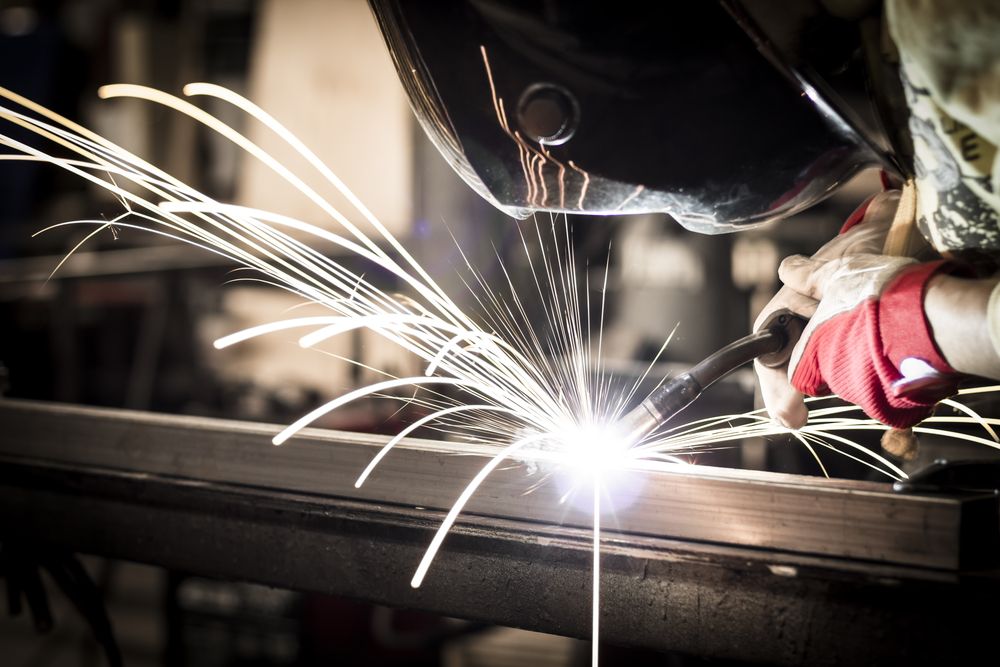A Glossary – Important Metal Fabrication Terms You Need to know
Due to the seemingly endless technologies and methods in metal fabrication, we understand it can be a hard trade to grasp. But we promise, we don’t speak another language.
To help you understand the industry, we have teamed up to create a glossary of commonly used terms. Whilst we know this isn’t exhaustive, it’s sure to get you up and running.
3D Modelling
Refers to a procedure where a representation of a three-dimensional (3D) shape or object is created as it would be in real life.
Arc Welding (also known as Stick Welding)
This is a specific welding method that uses electrical heat to liquify and join materials through melting.
Blanking
This is a procedure where a workpiece is removed from the primary metal sheet after being punched. The newly removed material becomes the new workpiece (also known as the blank).
CAD
Computer-Aided Design. This is a kind of software that is used to assist the design process (see 3D modelling). The most popular programs include AutoCAD, Solidworks and TinkerCAD.
This technique sees a liquid material poured into a moulded shape and left to harden. The solidified part is referred to as the casting, which is removed once hardened. Often used in toy making.
CNC Machines
CNC stands for Computer Numerical Control – a high-precision machine used in custom fabrications. It is the mechanical control of machining tools such as drills and 3D printers, with movements that have been automated via a computer.
Die Cut
This is a particular machine used to cut material to a desired shape or profile. Often used in conjunction with lasers or steel rules (blades).
Embossing
This is a method where your designs are raised or sunken into metal using roller dies.
Extrusion
This procedure involves a cylindrical billet that’s housed inside a closed cavity, which is driven through the die of the desired cross-section.
Forging
A temperature-controlled procedure that enables the shaping of metal through a hammering, pressing or rolling action. The process can be cold, warm or hot depending on materials and desired outcomes, and delivered with a die or hammer.
Forming
This is a technique where workpieces are mechanically deformed (forced to change shape without losing any mass).
Machining
This is a procedure that sees material cut into desired shapes and sizes by a controlled process of removal.
MIG
Stands for Metal Inert Gas. This type of welding follows arc welding processes. In addition, a shielding gas is applied through the welding gun to protect the weld pool.
Punching
This is a process that eradicates a scrap slug from the workpiece, leaving a hole in the workpiece.
Shearing
This is a process used to trim and eliminate unwanted material from sheet metal after cutting.
Slug
Refers to the metal waste produced by perforating, punching or piercing the workpiece.
Short-Run Stamping
An economical process that enables the production of parts in various quantities, from sample parts to 100,000 pieces, with short lead times.
TIG
Stands for Tungsten Inert Gas. Similar to MIG and arc, TIG follows an arc process but uses a tungsten electrode that delivers the current to the welding arc prior to melting.
Still not sure? For any further questions, get in touch with our team today.


